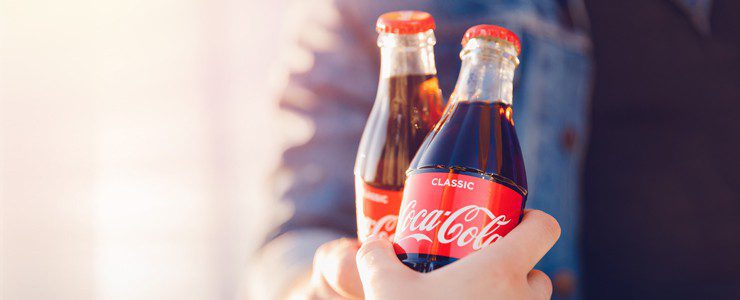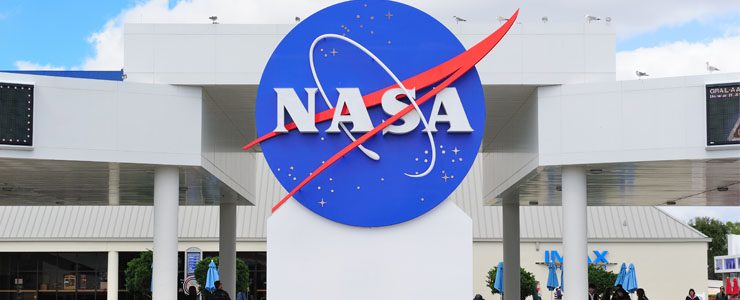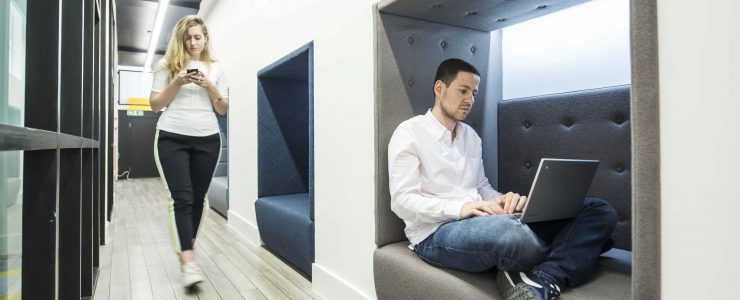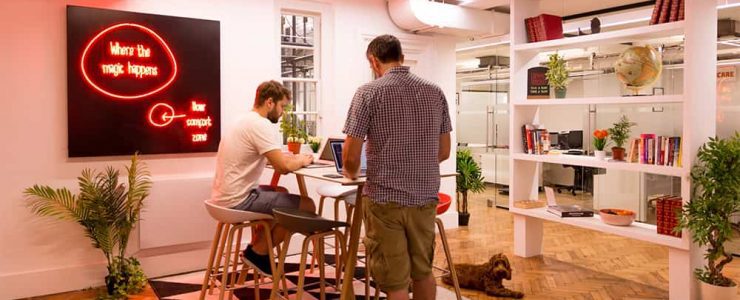
Coca-Cola, co-workers and coworking space
Global soft drinks brand Coca-Cola has an estimated net worth of £58.9 billion, controlling around half the world’s carbonated beverages market.
Launched in 1886 in Columbus, Georgia, by American Civil War veteran and chemist Colonel John Pemberton, it was originally manufactured for its medicinal properties, but over the years became more famous as a soft drink.
Today, Coca-Cola employs more than 62,000 people located all over the world. Its head office is in Atlanta, Georgia, while it has 111 international offices in 49 different countries including Canada, UK, Pakistan, China, Germany, France, India, Argentina, Belarus, Philippines, Chile, New Zealand and Brazil.
Collaborative workspace
In recent years, the international brand has increasingly favoured a new approach to working that involves fewer telephone calls and more face-to-face conversations in collaborative workspaces. Coca-Cola discovered coworking over the past decade and has found the flexible approach, where senior and junior employees can mix, is working well.
Coca-Cola’s Indian headquarters, in Gurugram, capture the sense of camaraderie and liveliness that the company’s senior management had hoped for when they moved into the coworking space. They transferred from a traditional 19-year-old office that management described as a “hierarchy-driven organisation”.
The new office created a massive cultural shift, according to Sameer Wadhawan, Coca-Cola’s vice-president of HR and services for India and South-West Asia.
Talking face-to-face
Featuring two main design elements: the vibrant red colour scheme throughout the building includes dividers made of empty Coke cans, and multiple collaborative spaces. Wadhawan says they don’t use phones, explaining, “If I need to talk to somebody, I can just walk across and talk.”
If he wants to use more collaborative spaces, he walks out of his office, into the café and has a formal discussion. There are also silent rooms, where the employees can think and reflect. “It’s changing the way people are using their work tools,” says Wadhawan.
One of the main benefits is greater cross-functional communication. If someone has a call on a mobile phone, they can pop into a silent room and take their call. People are using more headphones at work and it has become easier for employees to reach out to each other.
It’s much simpler for a senior manager to go and talk to people in person to figure out what’s going on, as the environment facilitates collaboration at all levels.
Leisure time
It’s not all about work – the employees can be found enjoying a game of indoor cricket in an open area of the office, with a chair as a wicket. Co-workers are batting, bowling and fielding with spontaneous laughter, as they take a break from their desks.
These are the other benefits of working in a large coworking building, as employees can invent their own entertainment at break times. Cricket captures the sense of camaraderie that epitomises coworking. The building’s multiple collaborative spaces define the new office landscape.
Coca-Cola’s design brief in India called for greater collaboration between the 250 employees as an absolute priority. Wadhawan said they needed a good balance of “me” space for thinking, reflecting and working and “we” spaces for collaboration.
Communal spaces
The floor plan proves how the brief was met and how well it has worked. There are conventional workspaces for individuals to work, including workstations and small cabins; with a similar number of collaborative spaces such as meeting rooms, informal communal spaces, a coffee lounge and cafeteria.
Originally, there were around 50 cabins, but over time, the number has been reduced to less than a dozen, as most people (even senior members) prefer to work from open-plan desks next to colleagues at all levels.
In the old conventional Coca-Cola office, meetings were often held in the bosses’ offices. The contemporary offices at the coworking space offer more options. It has proved that diversity in work settings has made employees much happier about being out in the open.
The co-workers have been able to adopt personal favourite spaces to work. These include everything from conventional workstations to cosy corners, where cushioned lounge chairs and an adjacent beverage counter give employees a little peace to finish projects and presentations away from the busier open areas.
Coca-Cola coworking growth
Since Coca-Cola expanded into coworking space in India, the brand is moving into other coworking sites around the world. It has launched Coca-Cola Place, a coworking site on Mount Street, Sydney, Australia, not only for its own employees but for other professionals. The move heralds what the company calls a “new age of coworking spaces”, where collaboration is the key to success.
While the Covid-19 lockdown continues to impact on our ability to go to work, look forward to brighter times in the future. Contact Headspace Group to find out more about our flexible coworking spaces – let’s take your business to another level!
© BORIMAT PRAOKAEW / Shutterstock.com



